2025 ATI TEAS 7 Science
1/165
There's no tags or description
Looks like no tags are added yet.
Name | Mastery | Learn | Test | Matching | Spaced |
|---|
No study sessions yet.
166 Terms
the largest chamber of the heart is the left
ventricle
a tendency of the body to maintain a balanced internal state
homeostasis
what are the 3 types of proteins
globular, fibrous, membrane
adipocytes are seen in adipose and fat tissue. they store ____ and maintain proper energy balance by storing calories in the form of _____. they also mobilize energy sources in response to ______.
fat, lipids, stress
ribosomes synthesize
proteins
in a chemical change, a _____ substance is produced
new
ex: adding baking soda to a recipe to make it less sour, frying an egg, burning wood
in a physical change, the material involved is structurally the ________ before and after the change
same
ex: crushing a can, melting ice, breaking glass, boiling water,
in an ionic bond, valence electrons are
transferred
how many layers of tissues does the uterus have?
3 (inner endometrium, middle myometrium, outer perimetrium)
what parts of the body produce melanin?
hair, iris, skin
purine bases
A, G
pyrimidine bases
T, U, C
base pairs
AT (U), GC
enzymes catalyze biochemical reactions by
lowering the activation energy of the reaction, either forward or backward
an ionic bond is between a
metal and nonmetal
eg: NaCl
what is a hypothetical explanation for an occurrence that is based on prior knowledge called?
hypothesis
lying flat on your back
supine
lying on your belly
prone
on the periodic table, where are the elements with the largest atomic radii found?
bottom left corner
endocytic vesicles are formed when
the plasma membrane surrounds a particle outside the cell
the duodenum receives chyme and
further digests it
homeostasis is primarily maintained by what feedback loops?
negative
enzymes change shape when they bind to their
substrates
enzyme activity is sensitive to changes in
temperature
the axon carries action potential (sends out stimuli) in the direction of a ________
synapse
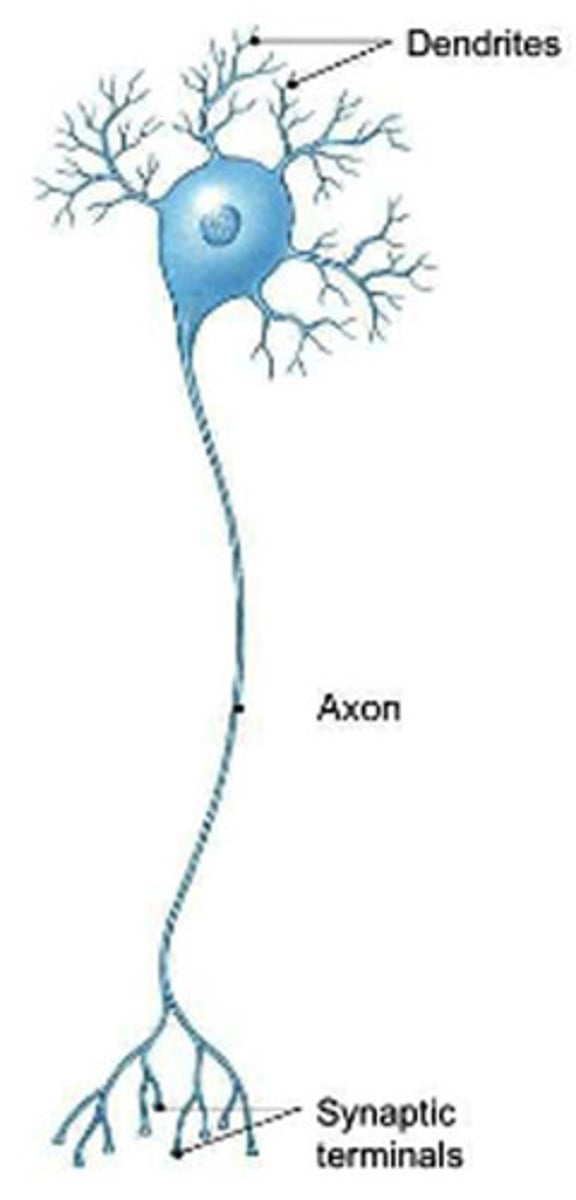
what mainly determines a bond's polarity?
electronegativity
proteins are made of
amino acids
codons are made of
3 nucleotide bases
nucleotides are made of
a nitrogenous base, a phosphate group, and a sugar molecule
hormones that increase with age:
FSH, LH, TSH, PTH, norepinephrine, testosterone, estrone
the cell cycle is a part of
interphase
an acidosis means a pH lower than ____ and too much ____ in the blood
7.45, CO2
what is the primary function of phospholipids in cell membranes?
form bilayer structures that regulate the passage of molecules in and out of cells
bacterial cells reproduce by
binary fission
what is the addition of water molecules to break down covalent bonds within macromolecules
hydrolysis
the cecum is where the _______ ____ ______ _________ meet
small and large intestines
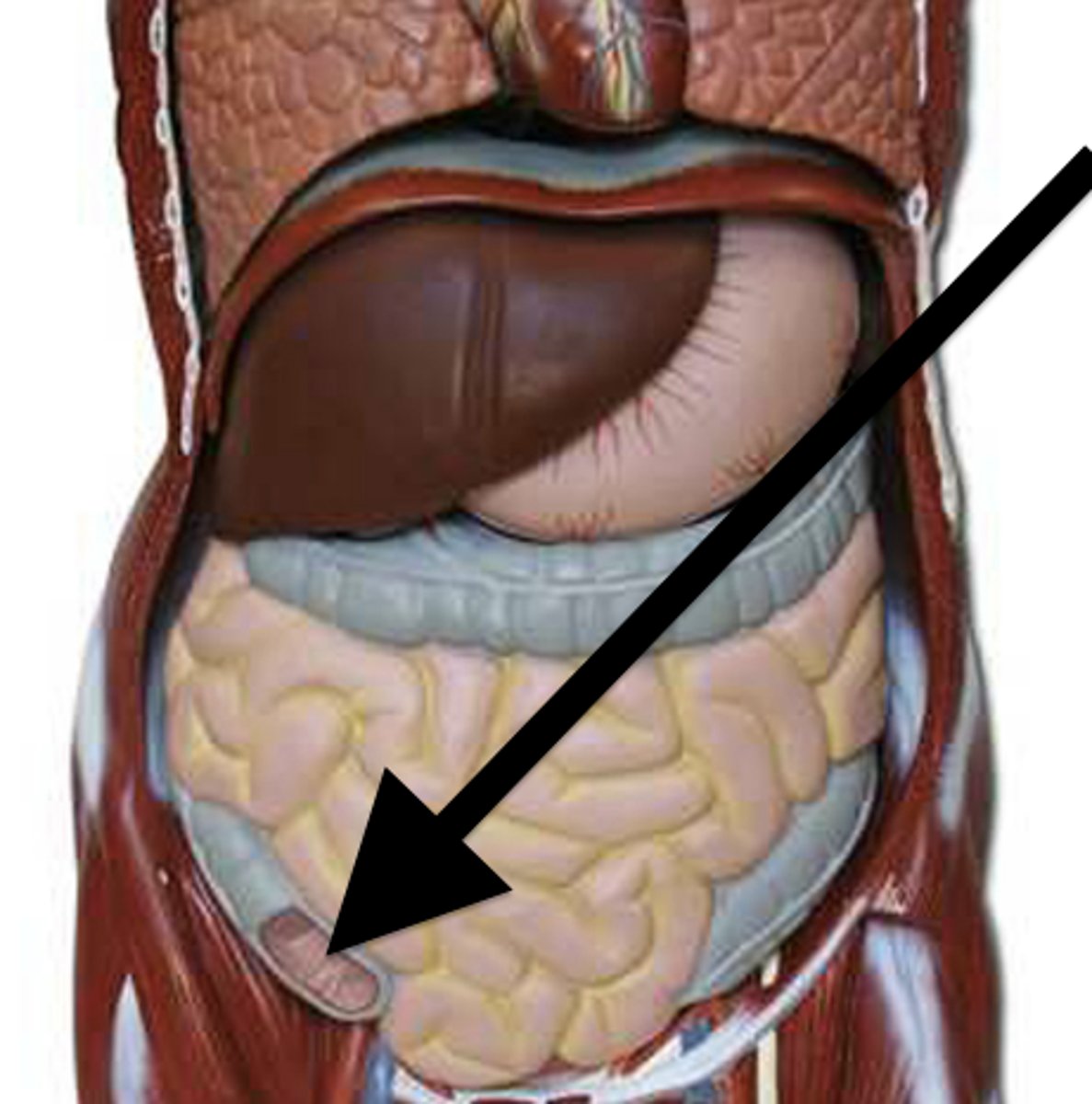
interpreter RNA
tRNA
which hormone is responsible for regulating calcium levels in the body?
PTH
factors most likely to affect the rate of a chemical reaction
temp, concentration, presence of a catalyst
which hormone is responsible for regulating blood glucose levels?
insulin
bile is made in the LIVER and stored in the
gallbladder
which eukaryotic organelle is referred to as the "powerhouse" due to its role in producing ATP and apoptosis?
mitochondrion
what is the primary source of energy for muscle contraction?
ATP
what happens when atoms are rearranged to form new substances?
chemical reaction
antibodies, AKA immunoglobulins, are proteins produced by
B cells
what solution contains the maximum amount of solute that can be dissolved at the current temperature?
saturated solution
where does fertilization of an egg typically occur
the fallopian tubes
what is the role of bile?
emulsify fats for digestion in the small intestine
urine flows through the body in the following order
kidneys, ureter, bladder, urethra
the following are functions of which body system?
1) maintain homeostasis
2) inter-glad communication
3) growth and development
endocrine
which muscle tissue is under voluntary control?
skeletal
which muscle tissues are under involuntary control?
smooth and cardiac
smooth muscle tissue is found in the walls of
internal organs
cardiac muscle tissue is found only in the
heart
-blast
create new tissue
-clast
break down or resorb tissue
totipotent stem cells
think "totally potent"
differentiate into any cell type and form an organism
pluripotent stem cells
differentiate into many cell types but cannot form an organism independently
multipotent stem cells
differentiate into a limited number of cell types
when you eat a fatty food, the gallbladder releases ______ into the _________________, where it mixes with semi-digested food
bile, small intestine
H
hydrogen, nm
lithium
Li, metal
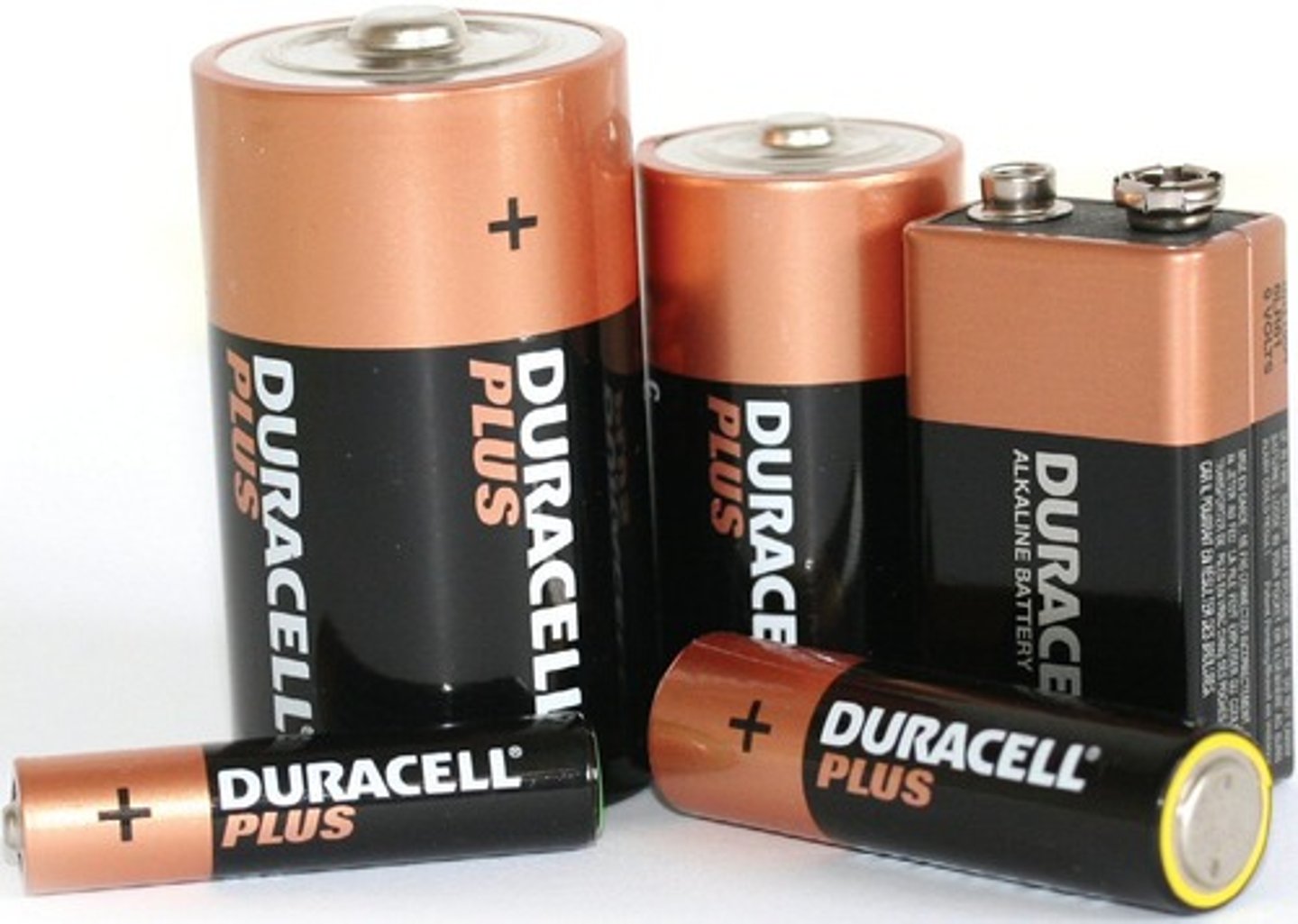
sodium
Na, metal
potassium
K, metal
Be
beryllium, metal
Mg
magnesium, metal
calcium
Ca, metal
Sr
strontium, metal
Ba
barium, metal
Mn
Manganese, metal

Fe
iron, metal
cobalt
Co, metal
nickel
Ni, metal
copper
Cu, metal
zinc
Zn, metal
silver
Ag, metal
gold
Au, metal
platinum
Pt, metal
mercury
Hg, metal
lead
Pb, metal
tin
Sn, metal
aluminum
Al, metal
B
boron, nm
C
carbon, nm
silicon
Si, nm
N
nitrogen, nm
phosphorus
P, nm
O
oxygen, nm
S
sulfur, nm
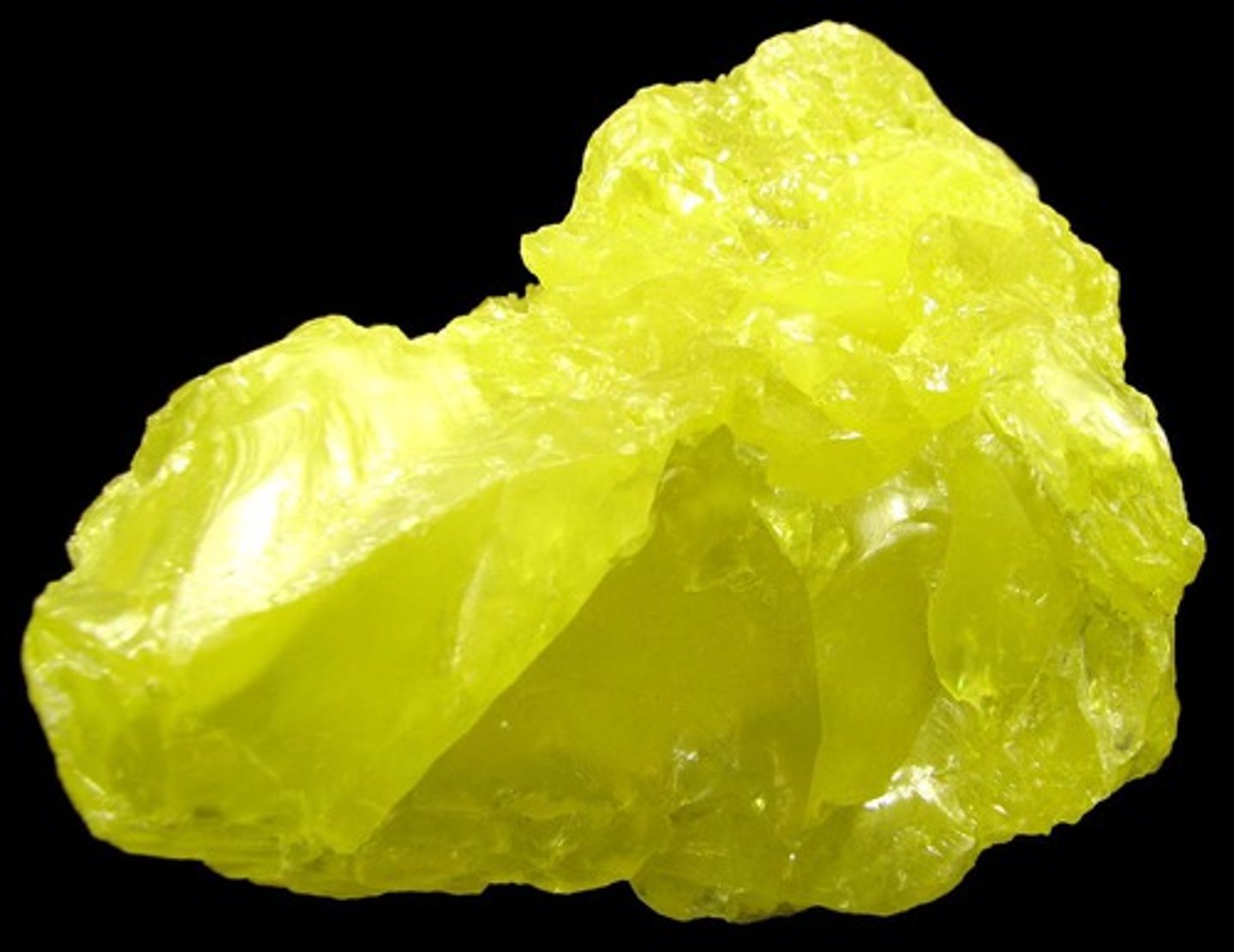
F
fluorine, nm
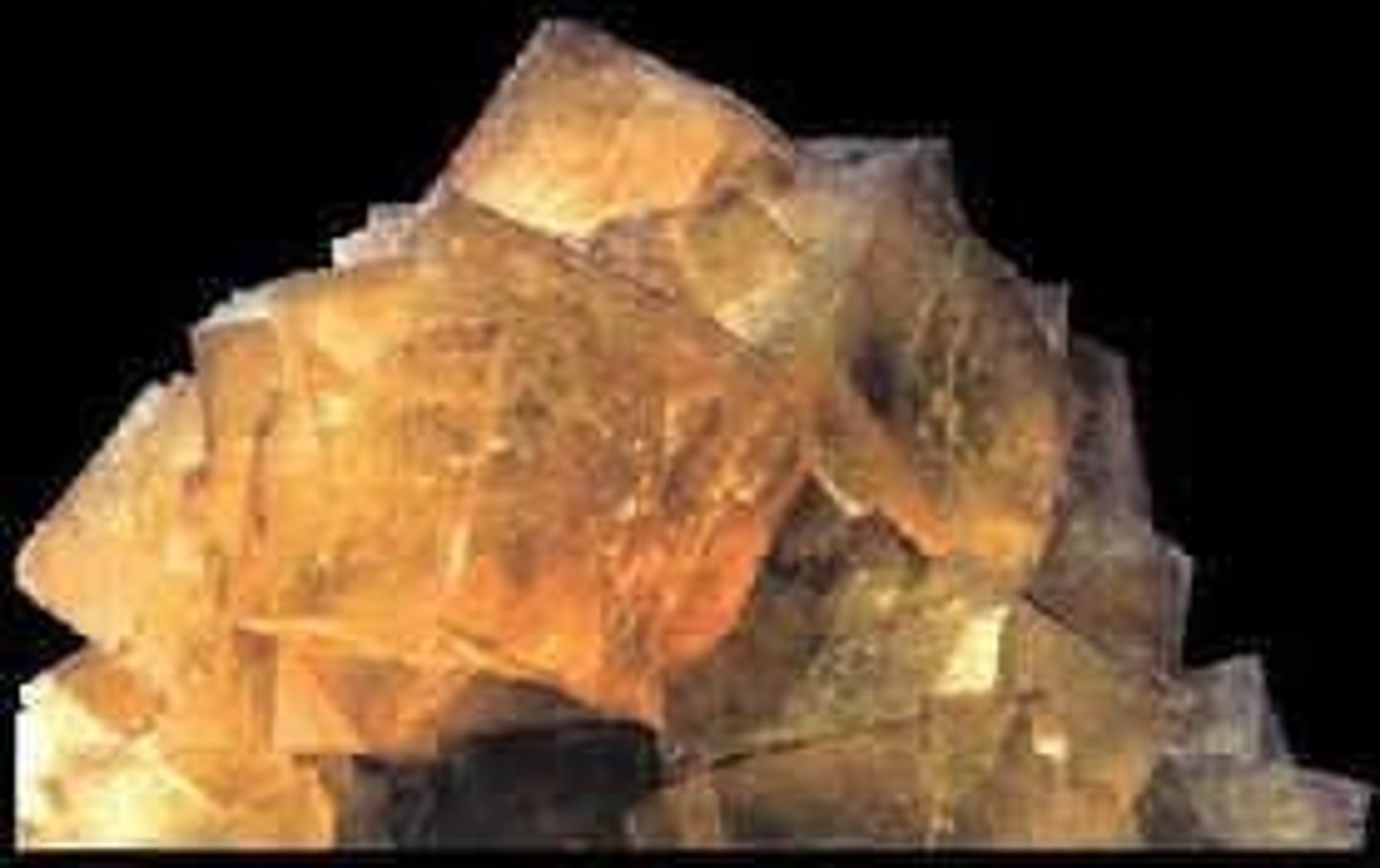
Cl
chlorine, nm

Br
bromine, nm
I
iodine, nm
He
helium, nm
Ne
neon, nm
Ar
argon, nm
Kr
krypton, nm
Xe
xenon, nm
Rn
radon, nm

groups on the periodic table have similar chemical properties bc they have the same amount of
valence electrons
